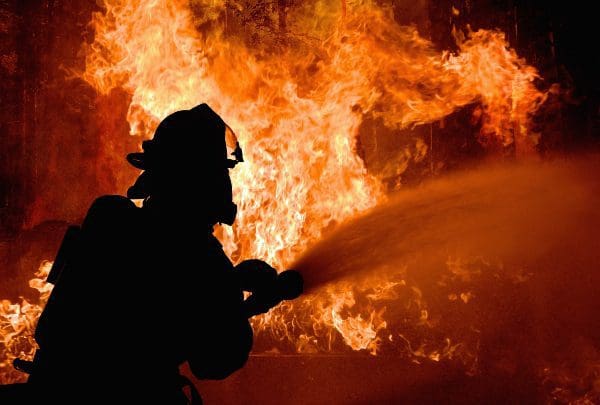Absorption of PAHs and VOCs
A recent article published by Firefighter Nation that outlines research done for Journal of Exposure Science & Environmental Epidemiology on firefighter absorption of PAHs and VOCs. As we all now know, combustion byproducts are not only dangerous during the initial fire attack but more predominant during overhaul and salvage. The below article quantifies the effects by biologically monitoring breath and urine.
Below is the abstract as well as a link to the article.
Be safe and wear your PPE!
Research abstract
To better understand the absorption of combustion byproducts during firefighting, we performed biological monitoring (breath and urine) on firefighters who responded to controlled residential fires and examined the results by job assignment and fire attack tactic. Urine was analyzed for metabolites of polycyclic aromatic hydrocarbons (PAHs) and breath was analyzed for volatile organic compounds (VOCs) including benzene. Median concentrations of PAH metabolites in urine increased from pre-firefighting to 3-h post firefighting for all job assignments. This change was greatest for firefighters assigned to attack and search with 2.3, 5.6, 3.9, and 1.4-fold median increases in pyrene, phenanthrene, naphthalene, and fluorene metabolites. Median exhaled breath concentrations of benzene increased 2-fold for attack and search firefighters (p < 0.01) and 1.4-fold for outside vent firefighters (p = 0.02). Compared to interior attack, transitional attack resulted in 50% less uptake of pyrene (p = 0.09), 36% less uptake phenanthrene (p = 0.052), and 20% less uptake of fluorene (p < 0.01). Dermal absorption likely contributed to firefighters’ exposures in this study. Firefighters’ exposures will vary by job assignment and can be reduced by employing a transitional fire attack when feasible.


